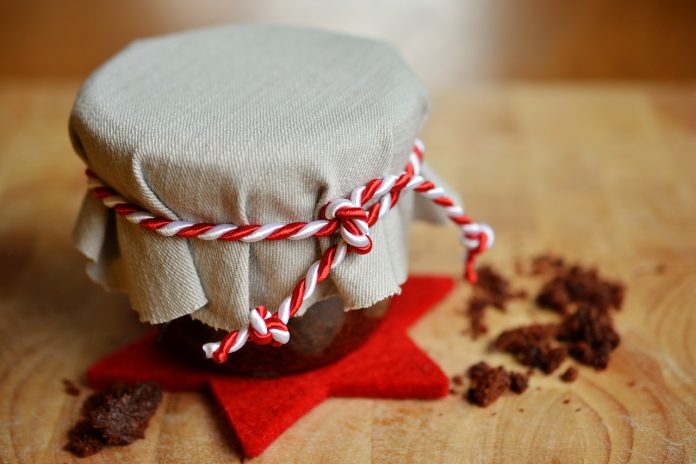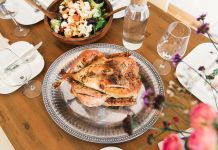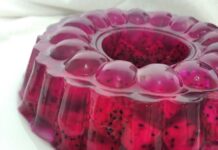As the holidays approach, recipes for “canned” breads and cakes seem to appear with greater frequency in social media feeds and internet searches. While items like these might seem to fit the bill for that perfect unique gift, this type of product also has the potential to deliver a dangerous dose of foodborne illness.
Typical preparation instructions for these types of products include pouring prepared batter into greased glass canning jars and baking them in the oven. Once the product is baked, the hot jars are taken out of the oven and covered with canning jar flats and rings which, upon cooling, appear to create a vacuum seal.
The specific food safety concern in these types of products involves a microorganism known as Clostridium botulinum. This microorganism is abundant in nature, but only grows and produces toxins in unrefrigerated high moisture foods that are low in acid (with a pH of 4.6 or above) and exposed to little or no oxygen. If spores of these bacteria are allowed to germinate and grow, the potentially deadly botulinum toxin is produced.
The above-mentioned process for “canned” breads is an ideal example of a low-acid, high-moisture, low-oxygen product, creating a perfect environment for the growth of Clostridium botulinum spores. Researchers at Penn State University have determined that canned bread or cake products created in this manner can indeed support the growth of this dangerous pathogen. Even minute amounts of this toxin can cause the often-fatal disease called botulism.
In addition to the risk of botulism, you also run a significant risk of injury from broken glass if you bake cakes and breads in glass canning jars. Canning jars are designed for wet use in boiling-water bath, steam or pressure canners. In dry oven heat, glass jars can be subject to thermal stresses that can result in spontaneous breakage.
An alternative and equally appealing gift could be a special “mix in a jar.” Consider some of your own personal favorite recipes for which the dry ingredients can be layered into a jar. Some recipes might even create visual interest with colors or textures, based on ingredient variety. Finish the gift by attaching a tag or recipe card that includes directions for adding required ingredients along with complete preparation and baking instructions. Consider that some ingredients, like brown sugar, might harden over time. Other ingredients, like nuts or dried fruits, can cause dry ingredients to clump together. If your mix includes ingredients for a topping, as on a coffee cake, you can package them separately in a small plastic bag and place them on top of the other dry ingredients.
Because home-prepared mixes contain no preservatives and leavening ingredients like baking powder lose their effectiveness over time, it is a good idea to include a “use by” date on your label. One to two months from the time you prepare your mix is an appropriate use by date.
















